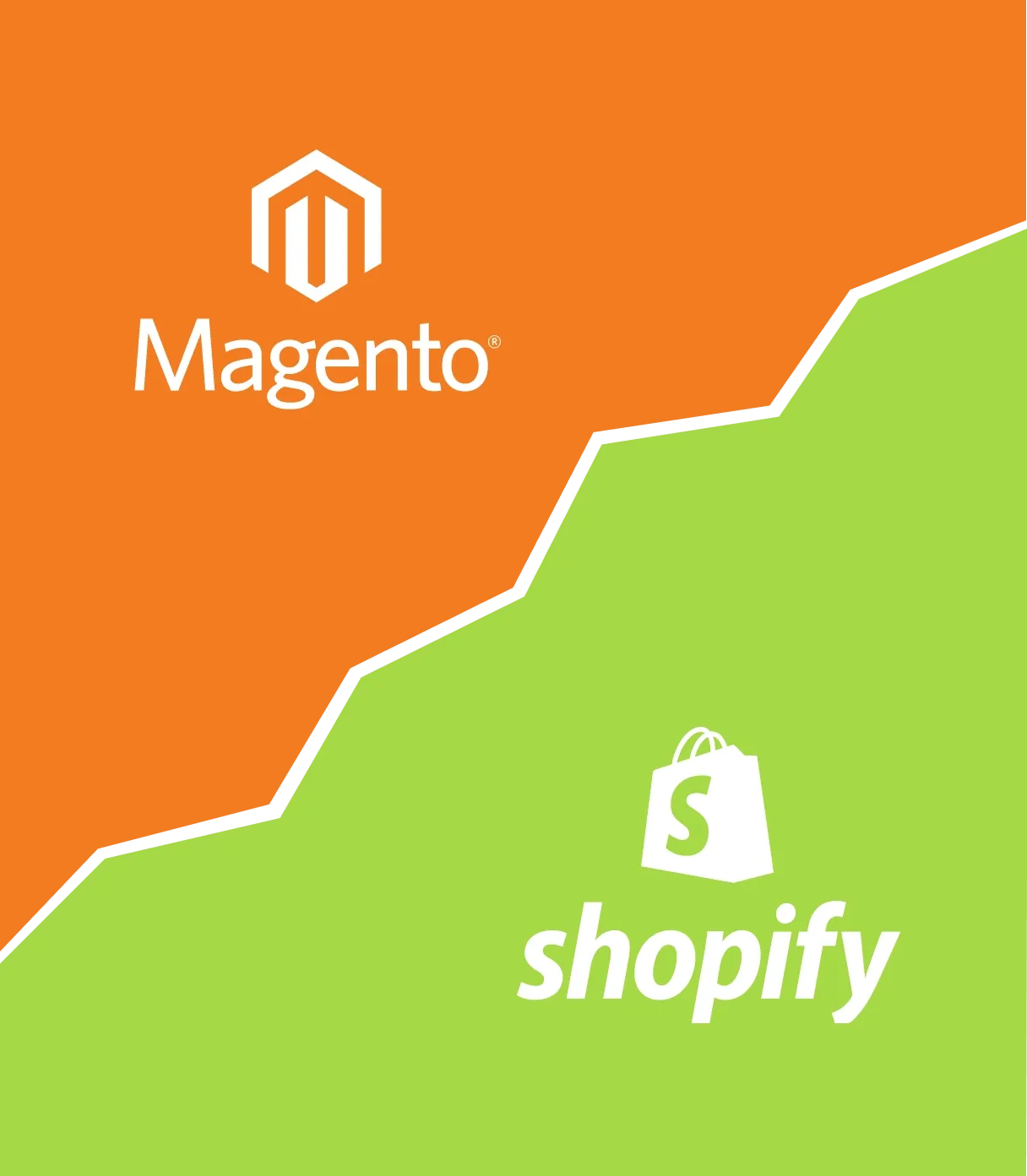
If you’ve ever considered going headless, you must have pondered how your team will manage content across multiple channels. You know you’ll need a content management system (CMS) that works for headless specifically, and you think Contentful CMS may be it for your business.
To help you make a well-weighed decision, we at Digital Suits would like to share our headless commerce development expertise with you. Read this Contentful CMS review to find out:
- What Contentful CMS is and how it works
- Contentful’s pros and cons
- How it’s used in practice
What is Contentful CMS?
Contentful is a cloud-based headless content management system (although the Contentful team prefers to call it a “composable content platform”).
Its core advantage is Create Once, Publish Anywhere. Contentful lets you add and reuse content blocks on any channel. It relies on APIs to do so.
If you want to dive deeper into what headless means, check out our guide on headless commerce.
Here are the core features that Contentful has to offer you:
- Content hub for adding, managing, and using content entries and assets for use across your digital channels.
- Omnichannel data sourcing and content distribution in a single click (for websites, mobile apps, smart devices, etc.).
- Shared content models for creating and syncing common components across multiple channels.
- Contentful Studio for automating and facilitating content creation, assembly, management, and publishing.
- Third-party app marketplace for expanding Contentful’s features based on your needs.
How much does Contentful CMS cost?
Contentful CMS pricing is quite flexible. At the moment of writing, Contentful had three plans to choose from, as follows:
| Plan | Price | Features |
|---|---|---|
| Free | $0 | • 5 users • 2 locales • 4 standard roles • Tasks and Compose apps |
| Basic | $300/month | • 20 users • 4 locales • 4 standard roles • Tech support available • Tasks, Compose, and Launch apps |
| Premium | Custom (charged annually) | • Unlimited users, roles, and locales • Custom roles • Advanced governance, compliance, and security features • Upgrades for spaces available |
The existence of the free plan is good news for startups and small businesses. It means you can reap the key benefits of this CMS at no cost. For growing businesses, the Contentful CMS price remains competitive, however.
How does Contentful CMS work?
Let’s say you have a blog and want to use Contentful CMS to manage its content. Here’s the gist of how you can do it:
- Create a Contentful account and a space (i.e., workspace) for your content.
- Add various content types (e.g., blog posts, videos, metadata) to create a content model.
- Populate each content type with fields (e.g., rich text, JSON object, location).
- Now, you can add entries and assets for every content type and publish them on chosen channels.
Switching to content modeling can be challenging if you’re not used to thinking in such terms. Luckily, Contentful has a comprehensive help center to get you and your team started.
Contentful headless CMS: five pros and five cons
Here are the five pros of Contentful that make it one of the best headless CMSs for e-commerce:
- A more powerful and wide-ranging content management feature set than most headless CMS competitors.
- No limitations in the types of content, publishing, and sourcing channels, giving you unparalleled flexibility in creating outstanding, truly custom omnichannel experiences.
- App Framework that allows you to easily integrate your content hub with third-party tools.
- Access to detailed documentation and support materials.
- Hosting: Contentful takes care of it and uses a CDN (content delivery network) to speed up load times.
But, of course, every CMS has flaws. Although they are few, here are the five cons you should take into account:
- A need to hire a development team to create the frontend from scratch, build the infrastructure, and maintain it.
- No content previewing is possible out of the box.
- Challenging migration to Contentful that requires significant upfront costs as it involves extra software development.
- The steep learning curve for new users if they’re new to headless CMSes.
How Contentful CMS can help you: three use cases
Brands like Costa Coffee, Danone, Atlassian, and Notion have all entrusted Contentful with their content management needs. Here’s how they and others make good use of this CMS. H3 Creating and maintaining knowledge bases and support portals Contentful allows creating, publishing, and updating content at lightning speed. And there’s no other type of content where speed is more crucial than in knowledge bases and support portals. That’s because the information contained there is prone to becoming outdated fast.
Contentful CMS makes knowledge bases and support portals easy to maintain and tweak. This reduces the resources required to keep them up to date.
Cases in point:
- Atlassian used Contentful to power its external and in-product support portals.
- Credible Mind opted for Contentful in building its multi-language mental health resource portal.
Powering composable commerce solutions
Composable commerce is a step beyond going headless. Composable commerce tenets include:
- Modular architecture that boosts scalability and time-to-market for new features, products, and updates
- Open ecosystem that prevents vendor lock-in and allows you to choose best-of-breed tools
- Business centricity means every architectural component serves a clear business goal
Contentful CMS is one of those best-in-class tools designed specifically for content management. Since it’s frontend-agnostic by definition, you can use it for managing content on any channel, from websites and mobile apps to smart devices.
Cases in point:
- Rapha used Contentful to unify content across all its digital channels and accelerate time-to-market.
- ACE Hôtel started managing its 30 hotel websites from one dashboard with Contentful.
Streamlining global marketing efforts
Global brands struggle with keeping their brand consistent across different markets, all while allowing enough autonomy for local marketing teams. Contentful CMS is built to facilitate maintaining this tricky balancing act.
Thanks to Contentful’s content model sharing feature, brands can keep their brand unified across unlimited channels without infringing on editorial autonomy.
Cases in point:
- Costa Coffee used Contentful to speed up local website builds and power editorial autonomy across markets.
- Contentful also helped Danone unify branded assets across different localizations and easily create location-specific content.
Takeaway
Contentful CMS is a headless composable content platform with a big promise: Create Once, Publish Anywhere. And deliver on this promise it does.
You can easily deploy your content to any channel and device thanks to content modeling and single-click omnichannel distribution. Thus, your team becomes more efficient, flexible, and productive, reducing the resources you need for marketing.
Want to see how exactly your business can benefit from implementing Contentful CMS? Drop us a line to discuss your headless project – and we’ll get back to you within a day.
Frequently asked questions
What is the difference between Contentful and a CMS?
Contentful is a content management system, in principle. However, if you’ve worked only with traditional CMSs (e.g., WordPress, Magento), Contentful differs from them in one major way. It decouples content from the presentation layer.
In other words, content creators and managers add content blocks to Contentful once and then use them across multiple channels without copy-pasting or repeat uploading.
Other differences include:
- You’re not limited by the devices or channels supported
- The backend system is built using microservices and APIs
- Hosting and delivery happen in the cloud.
Contentful vs Cloud CMS: which one is better?
Both Cloud and Contentful are headless CMSes, so they come with the same set of benefits: content decoupled from the presentation layer, increased reusability and scalability, and more efficient content management.
However, in the Cloud CMS vs Contentful comparison, Contentful comes out on top thanks to a broader range of features that Cloud can’t boast:
- Approval process control
- Data synchronization
- File sharing
- Offline access
- Detailed documentation and webinar training.
Cloud CMS, on the other hand, can also offer something Contentful can’t, notably phone support and on-premise deployment.















Was this helpful?
0
No comments yet